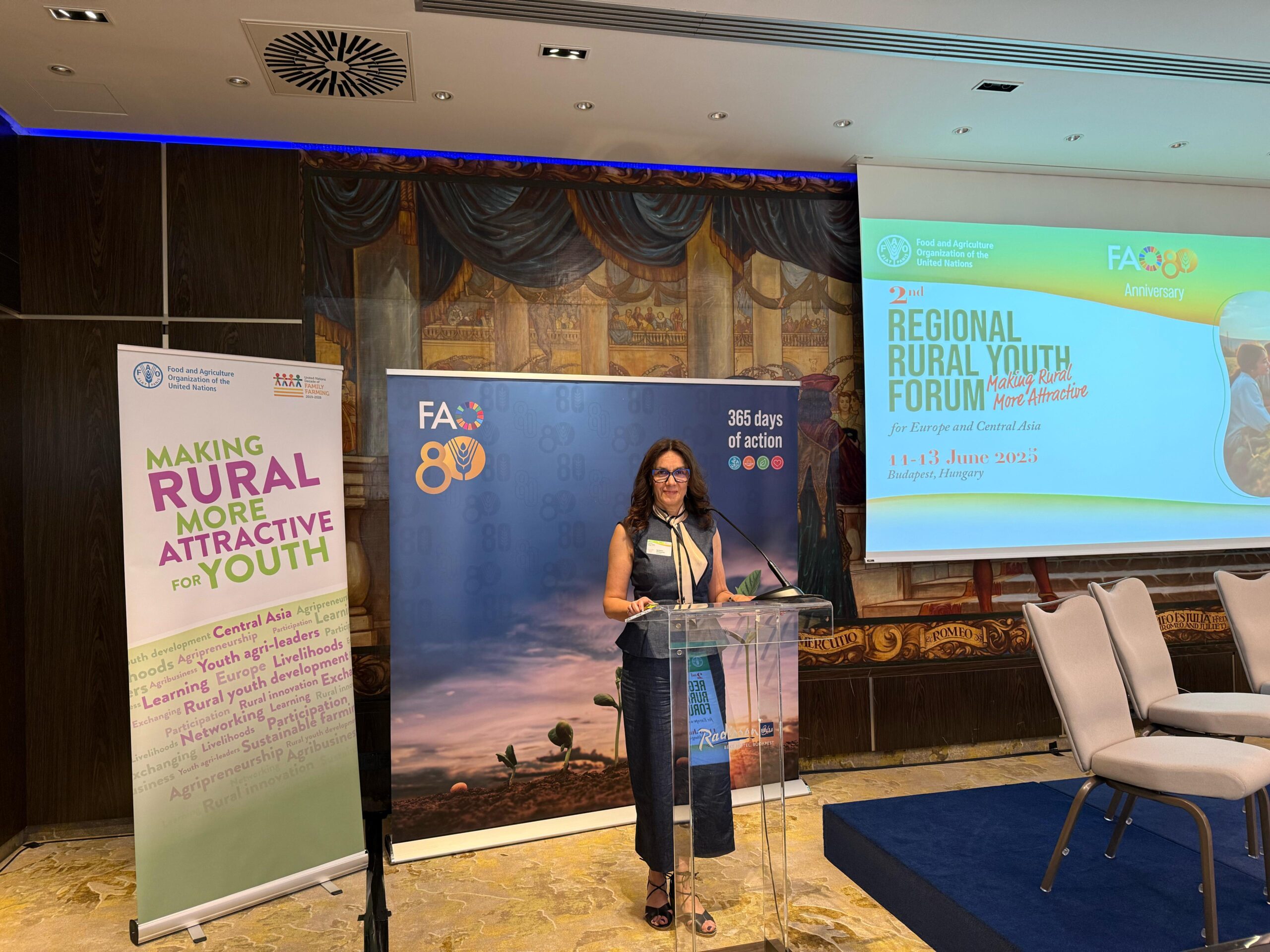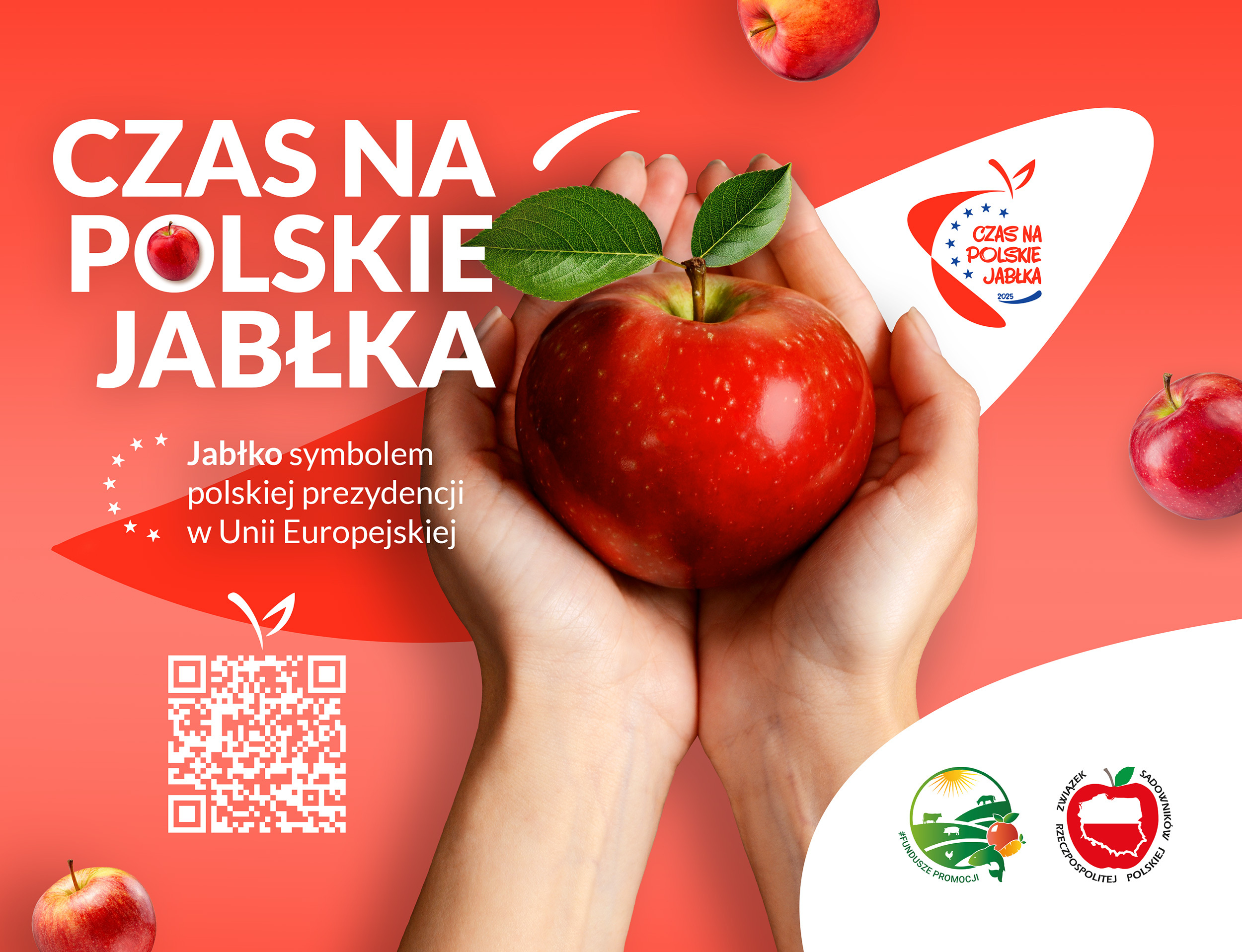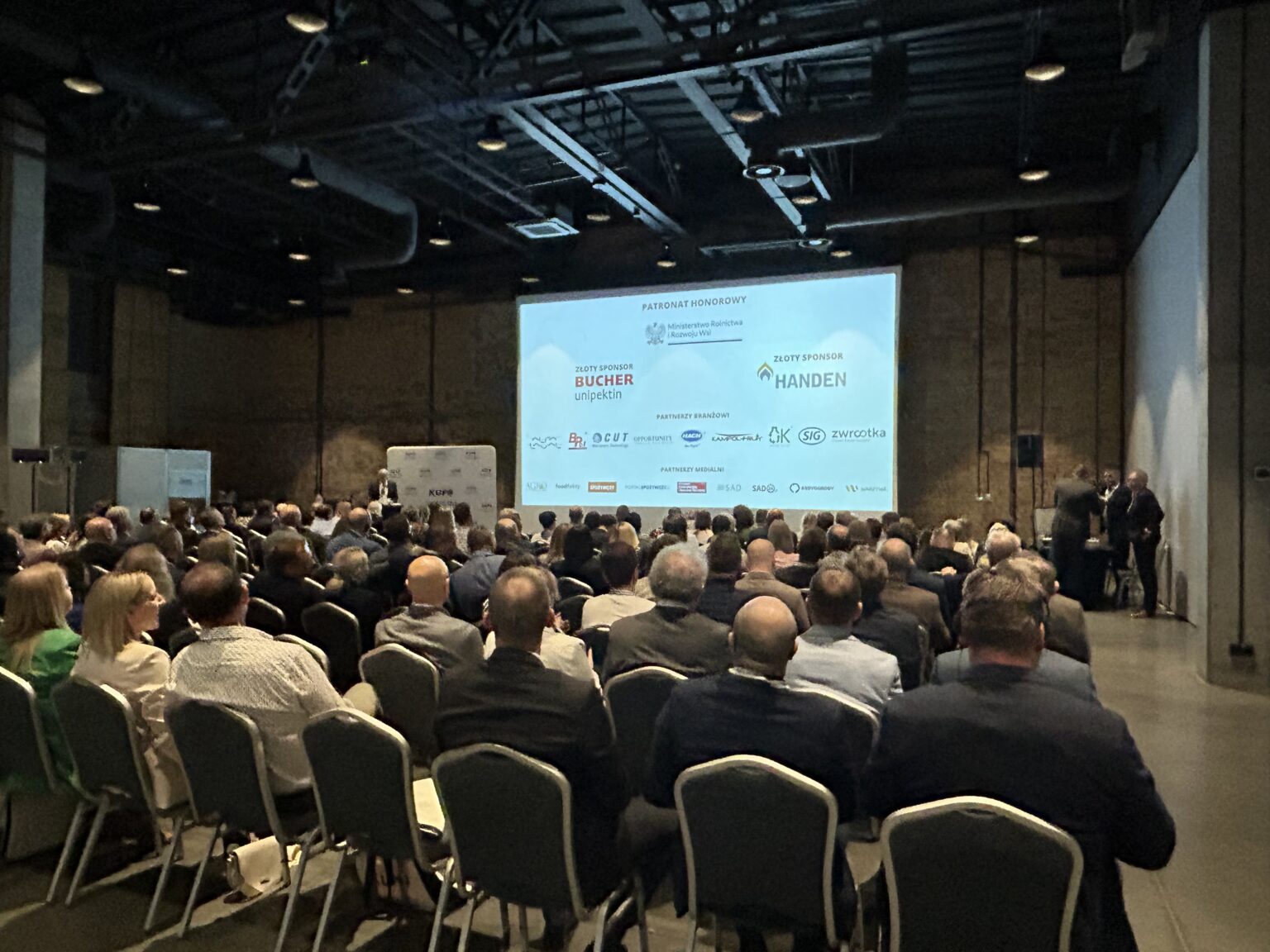ECONOMY
- Food Market and Industry In 2021 – Part II (DOI10.15199/65.2022.2.6)
Iwona Szczepaniak, Łukasz Ambroziak, Jadwiga Drożdż, Robert Mroczek 2
The COVID-19 pandemic has been taking place in the world for another year, causing various social and economic effects. The aim of the article is to assess the situation of the food industry and agri-food trade in Poland in 2021, i.e. during the overall economic crisis caused by the pandemic. The second part of the study presents some foreign trade data for the eleven months of the year and discusses the most important events that the food market experienced during the year. The analysis shows that Polish food producers successfully sold their products on foreign markets. However, maintaining the high dynamics of exports will be more and more difficult. Changing external conditions (increase in production costs, taxes, etc.) may turn out to be a great challenge for food companies. Notwithstanding, a number of events that took place on the food market (including capital acquisitions, investments of foreign companies) indicate that food processing in Poland is a sector with great development prospects.
KEY WORDS: food industry, foreign trade, export, market events, COVID-19 pandemic
- Directions Of Changes in The Food Chain (DOI10.15199/65.2022.2.1)
Iwona Szczepaniak 8
The article presents the basic concepts characterizing food chains, the ways of defining them, as well as various possibilities of their analysis were presented. The evolution of the food chain is shown in a synthetic way, which is related to the socio-economic development and manifests itself, inter alia, in changing the position of its individual links. Reference was also made to the „From Farm to Fork” Strategy, which will force many changes in the existing food systems covering all links in the food chain. According to this Strategy, all entities in the food chain should contribute to the transition towards sustainable practices, serving the climate, environmental and social purposes set out in the European Green Deal. This means both challenges and opportunities for those involved in the chain.
KEY WORDS: food chain, food, „From Farm to Fork” Strategy
LAW
- The HACCP System – A New Perspective (DOI10.15199/65.2022.2.2)
Agnieszka Jackowska-Tracz, Michał Tracz 14
Proper implementation and understanding of the HACCP system facilitates the work of a food business operator and ensures food safety. The basic premise of the HACCP system is that high-risk hazards should be controlled using CCPs. However, in some food companies there are only low or medium risk hazards that can be controlled using PRP and oPRP respectively. European Union legislation includes requirements for flexible application of HACCP system. Flexibility can only be applied if its application does not compromise food safety. Regulation (EC) No 852/2004 sets out two main criteria for food businesses to qualify for flexibility, these are the nature and size of the establishment.
KEY WORDS: HACCP, PRP, CCP, oPRP, hazard analysis, food safety
TECHNICS-TECHNOLOGY
- Viruses – The Biological Contamination of Food (DOI10.15199/65.2022.2.3)
Elżbieta Hać-Szymańczuk, Aneta Cegiełka, Kamil Piwowarek, Kamila Kuśmierczyk 20
The article describes the viruses most characteristic of the food and water environment (including noroviruses, rotaviruses, hepatitis A virus, ECHO and Coxsackie). The types of food in which these pathogens may be found (seafood, fruit and vegetables, meat and preserves) have also been indicated. The methods of their detection in food products are also described (including enzyme immunoassays (e.g. ELISA), methods based on molecular biology and images from an electron microscope) and effective methods of reducing their number in food are presented (e.g. the use of high temperature, agents containing chlorine, UV radiation, ozone or high pressure).
KEY WORDS: viruses, biological food contamination, microbiological safety
FOOD-FEEDING
- Food Authenticity During a Pandemic – Trends in Food Adulteration (DOI10.15199/65.2022.2.4)
Wojciech Sawicki 26
With the development of the COVID-19 pandemic, new or increased changes in consumer behavior as well as perturbations in the food industry began to be observed. The pandemic has caused many undesirable economic and social impacts, including: sudden supply shortages, an economic recession, lower consumer incomes, reduced corporate incomes and increased corporate losses. The knock-on effect of these effects is the increased potential for illegal trade and fraud in the food industry. Paradoxically, the coronavirus epidemic has threatened legal global distribution routes and facilitated fraudulent trade by emphasizing that fraud is inherently opportunistic. This is not unexpected as case histories and published literature show an increase in fraud following hurricanes and other natural disasters. History teaches us that fraudulent activities that occur in the wake of or during a crisis are often the result of weak systems and the activity of criminals who are motivated to find new opportunities to act. So far, no worldwide data is available to compare the prevalence of food and food adulteration during a pandemic with any previous pre-pandemic period.
KEY WORDS: adulteration, covid-19, food authenticity, fraud
LOGISTIC-PACKAGING
- Selected Aspects of Packaging Safety in The Pandemic Era (DOI10.15199/65.2022.2.5)
Marta Lenartowicz-Klik 31
Packaging has to protect what it sells and sell what it protects, said J.H Brinston. Nothing more nothing less. Everything important is contained in this one sentence. Packaging itself has almost become an art: it’s creative, innovative, individual – and increasingly interactive. They protect products, facilitate their handling, transport and storage. Nowadays, the packaging even plays the role of a marketing tool, thus declaring its pro-ecological values. The current trends are primarily safety, intelligent packaging and environmental protection. There is an intensive development of new technologies related to materials and products intended for direct contact with food, resulting from the growing requirements and expectations of producers and consumers. Globalization, urbanization and growing consumer awareness determine the development and changes in the safety of packaging. The article describes the concept of safe packaging, trying to briefly and accessible to describe not only their protective role, but also to present how the pandemic influenced the development of safe packaging.
KEY WORDS: food packaging, packaging, safety of packaging




